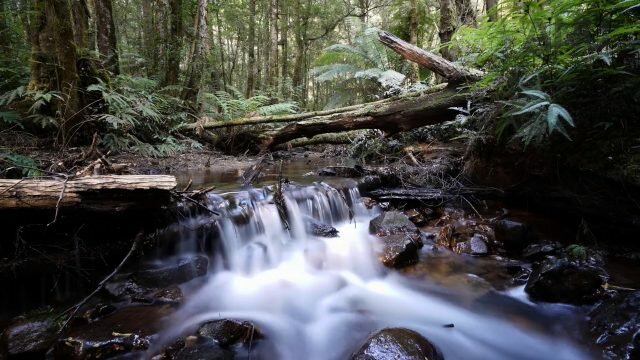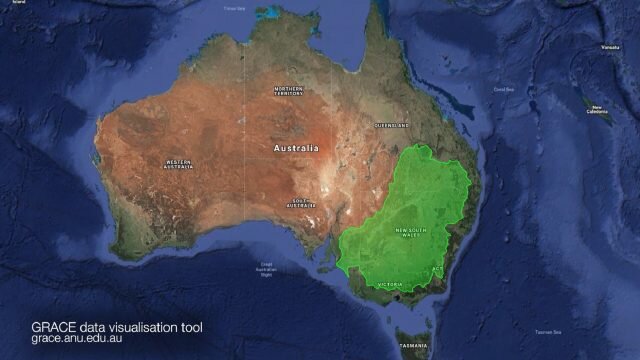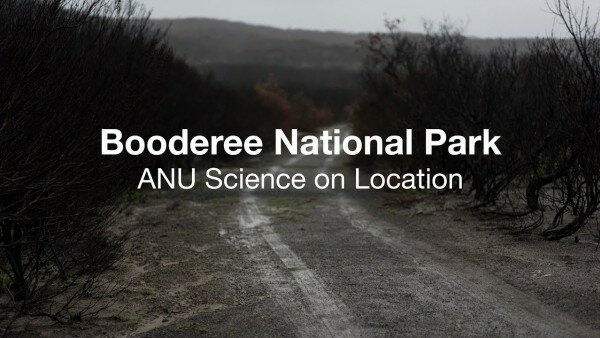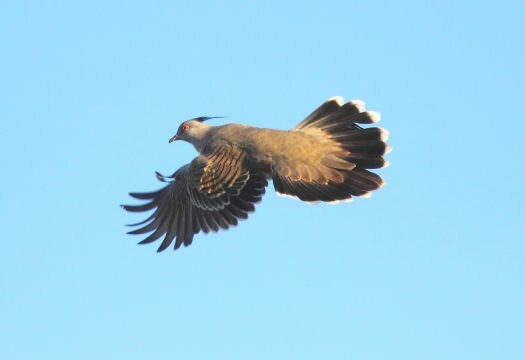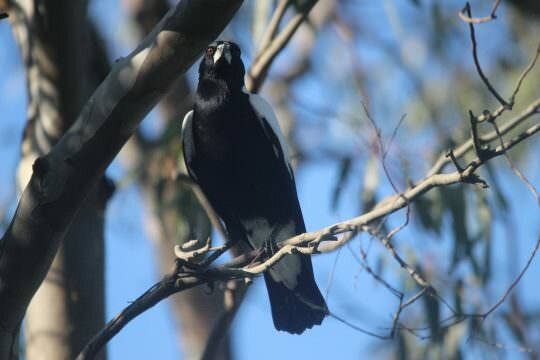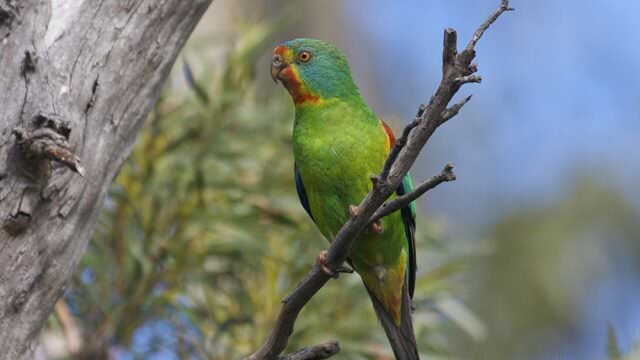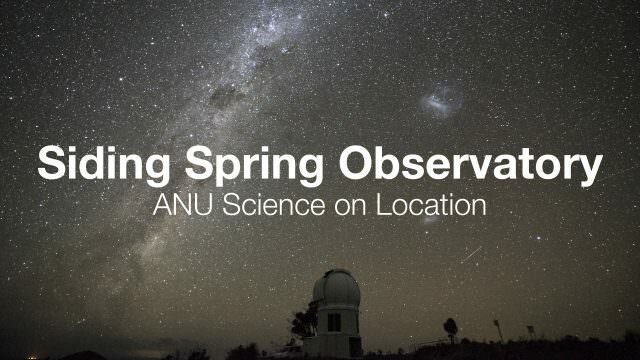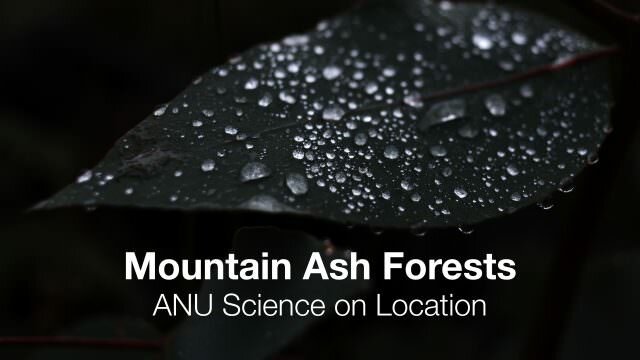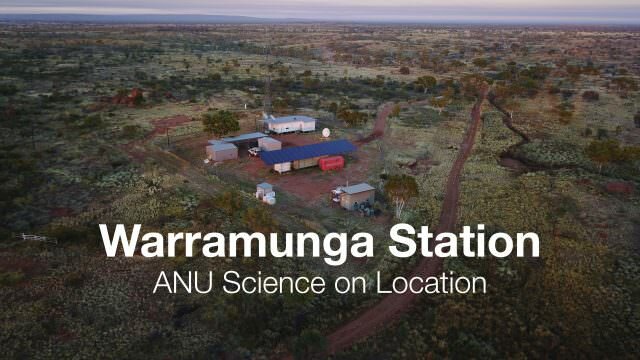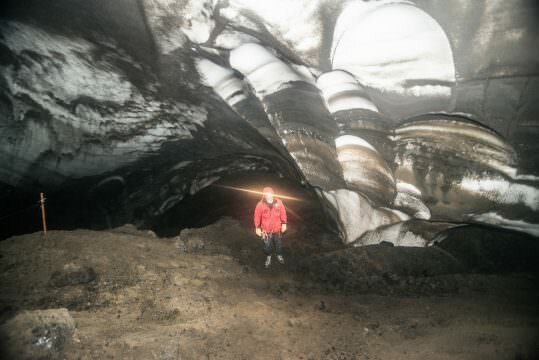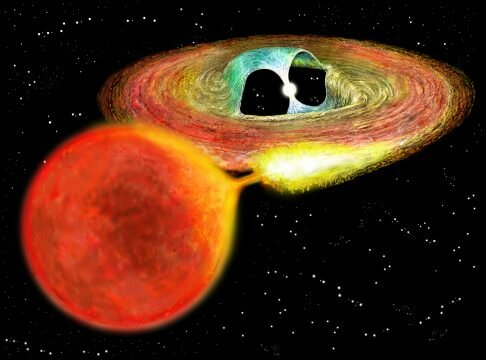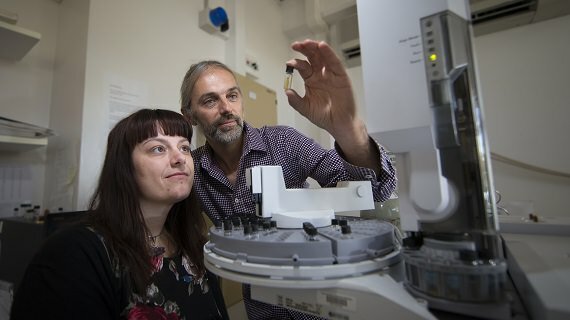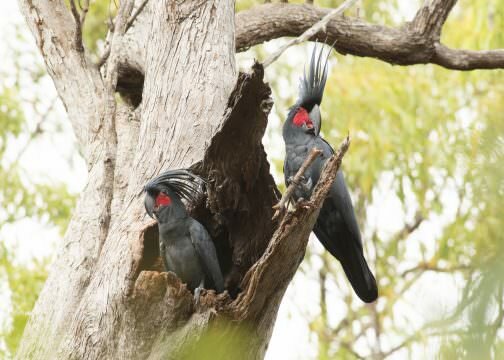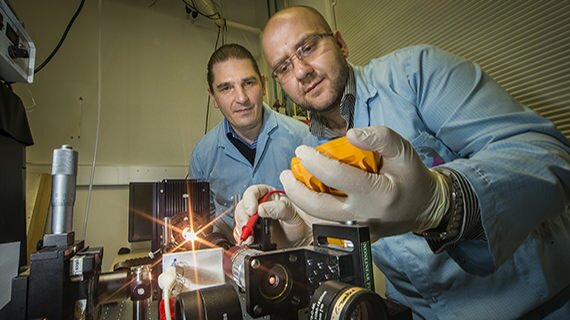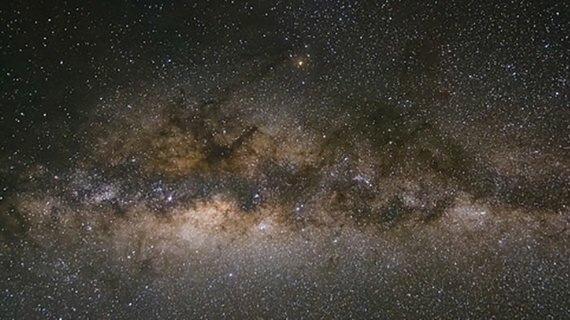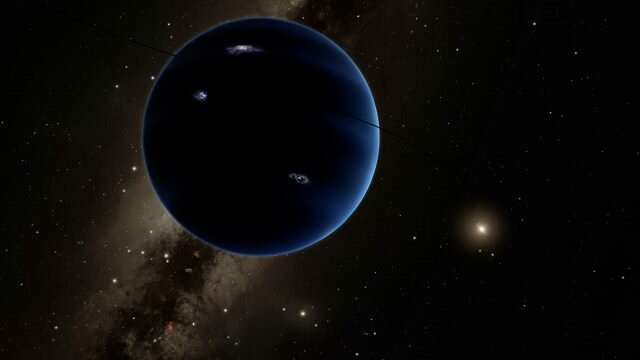Last updated May 5, 2020 at 5:10 pm
Set your alarm and put the kettle on because this Eta Aquariid shower is set to be a cracker.
Why This Matters: The Eta Aquariid shower will be one of the best all year.
On Wednesday and Thursday morning this week, Australia will be treated to an early morning meteor shower, and it’s worth setting the alarm for.
Called the Eta Aquariid shower, it should be one of the most spectacular of the year. Best of all – Australia has a prime seat.
“This will be one of the best meteor showers that we will see this year,” says Brad Tucker from the Australian National University’s Research School of Astronomy and Astrophysics.
While Halley’s Comet itself was last seen in 1986, and won’t return for another 41 or so years, it leaves a long tail of dust and ice that we pass through twice ever year. The debris itself is tens of thousands of years old and as a result has spread out fairly wide, meaning it takes Earth around a month to pass all the way through the tail. However, over the next 2 nights we’re hitting the area thickest with debris.
Also: 2020 promises to be a better year for meteor showers – here’s when to look up
While each piece of debris is just a grain of dust, they still produce spectacular streaks as they burn up in Earth’s atmosphere.
“The meteor shower is visible all across Australia. In a dark location, you can expect up to 50 shooting stars per hour,” says Tucker.
He will also be heading out to see the shower.
“It’s going to be a really nice night,” Musgrave told the ABC.
“You’ve got the Milky Way spread out over your head and you’re looking down towards Jupiter, Saturn and Mars. If you are really lucky, you should see bright meteors going through the heart of the galaxy.”
The Milky Way during the last Eta Aquariids Meteor Shower. Credit: Nam Do / 500px
Where and when to see the shower
Tucker says the peak of the meteor shower will be early Wednesday morning, but the following morning will also be “very good”.
“The time to see the meteors will start around 4am local time. The Moon will have set as the shower starts to peak, which means the sky will be nice and dark and it will allow everyone to see the fainter meteors.”
Earlier in the evening light from the waxing moon may obscure the fainter trails. However even if the moon is low in the sky, you may be able to block it out of view.
It’s worth going out a little before the peak though, as you will need to give your eyes around 10 minutes to adjust to the darkness. You won’t need a telescope or binoculars.
Also: Falling Skies
“Look towards the East and the sky should be putting on a show for you,” says Tucker. Jupiter, Saturn and Mars will be bright in the sky above the Aquarius constellation.
The Eta Aquariids get their name from the Eta Aquarii star in the Aquarius Constellation, which is where the meteors appear to radiate from. They will enter Earth’s atmosphere at a shallow angle, and can sometimes burn from horizon to horizon.
And good news for Perth – the further west you are, the more meteors you should see as the radiant point will be higher in the sky before sunrise. But Tucker says everyone should get a stellar view.
“If you are in a city, getting away from nearby lights and into a darker area like a nearby oval will allow you to see more shooting stars.”
If you miss it this time around, we’ll be passing back through the comet tail in October resulting in the Orionids meteor shower.
Eta Aquariid meteors appear to originate from the constellation of Aquarius. Credit: American Meteor Society


